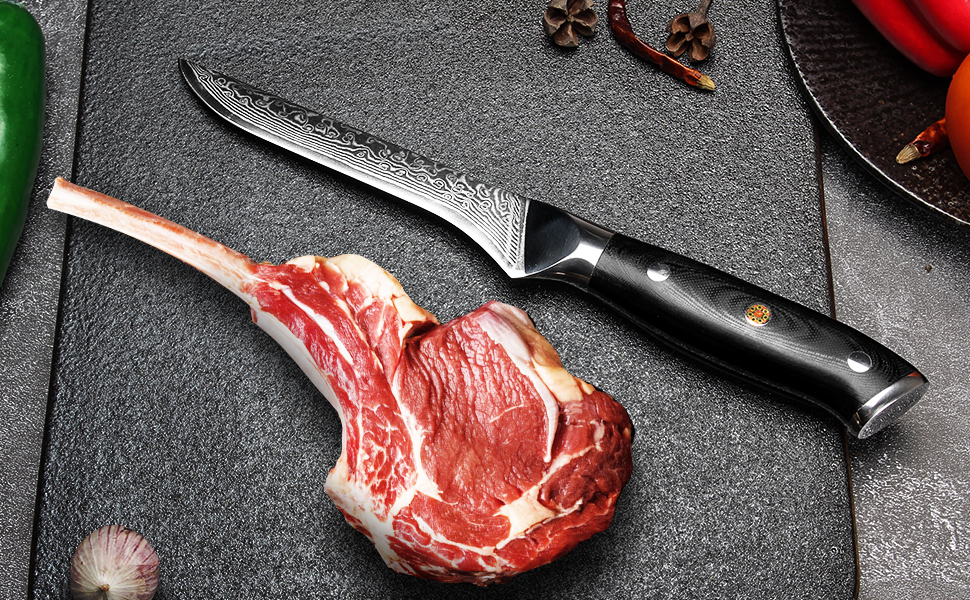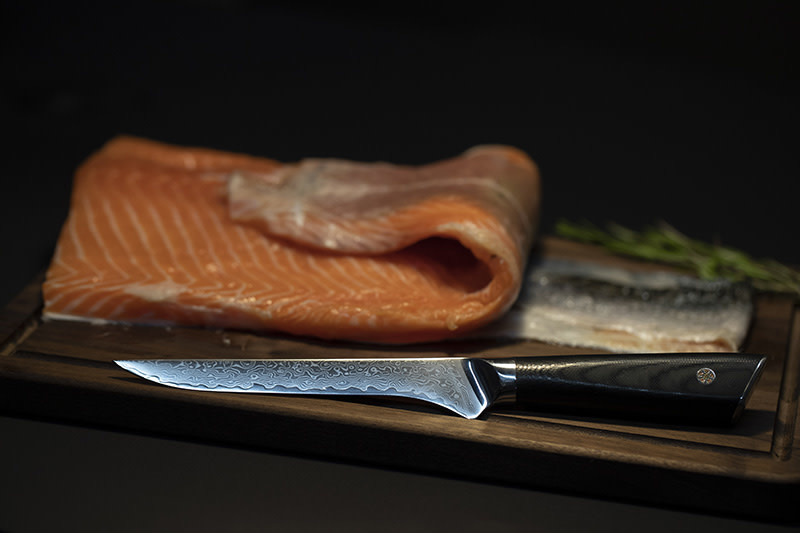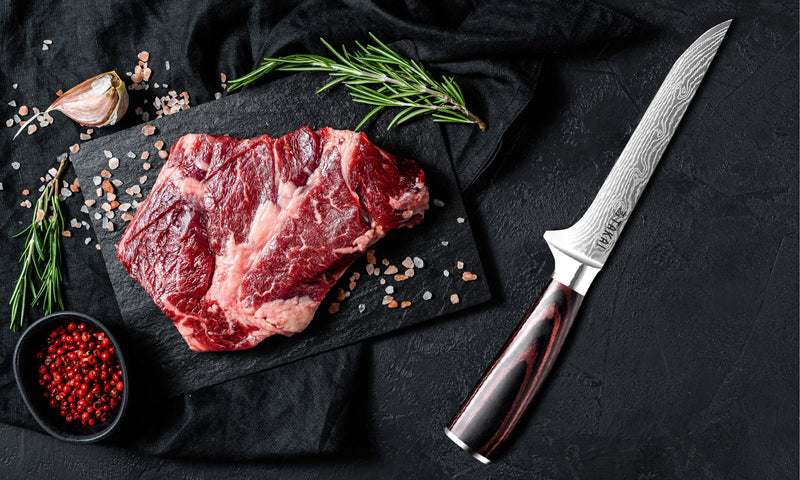As Easter approaches, many of us anticipate a delightful feast with family and friends. A centerpiece for many Easter tables is a beautifully prepared lamb. To ensure your lamb is cooked to perfection, understanding the boning knife prep for Easter lamb is essential. In this guide, we will explore the importance of a boning knife, how to use it effectively, and tips for preparing your Easter lamb.

Why a Boning Knife is Crucial for Easter Lamb Preparation
A boning knife is a specialized tool used to separate meat from bones. Its thin, flexible blade allows for precision cutting, making it ideal for preparing lamb. Whether you’re trimming excess fat or removing bones, a boning knife ensures clean cuts and minimizes waste.
The Anatomy of a Boning Knife
Understanding the design of a boning knife can enhance your culinary skills. Typically, these knives have a narrow blade that tapers to a sharp point, providing excellent control. The blade’s flexibility varies, with some knives being more rigid, offering better leverage for cutting through tough joints.
Preparing Your Boning Knife
Before you begin, ensure your knife is sharp. A dull blade can lead to uneven cuts and increased effort. Regularly honing your knife will maintain its edge, making your boning knife prep for Easter lamb efficient and enjoyable.
Additionally, consider the grip. A comfortable, non-slip handle can prevent accidents and improve precision. Always choose a knife that feels balanced in your hand.
Steps to Boning an Easter Lamb
The process of boning a lamb can seem daunting, but with practice, it becomes a rewarding experience. Here are the steps to follow:
- Position the Lamb: Place the lamb on a clean cutting board. Ensure it is stable to avoid slipping.
- Identify the Bones: Familiarize yourself with the lamb’s anatomy to know where the bones are located.
- Make Incisions: Use your boning knife to make small incisions along the bone.
- Separate the Meat: Gently work the knife between the bone and the meat, using short strokes.
- Remove the Bones: Once the meat is loosened, carefully remove the bones.
For more detailed instructions, you can check this knives guide to enhance your skills.
Marinating Your Easter Lamb
After preparing the lamb, marinating is a crucial step to infuse flavors. A simple marinade of olive oil, garlic, rosemary, and lemon juice can elevate the taste. Allow the lamb to marinate for at least four hours or overnight for deeper flavor infusion.
Cooking Techniques for Easter Lamb
There are various methods to cook your lamb, including roasting, grilling, or slow cooking. Each technique offers unique flavors and textures. For a traditional Easter meal, roasting is a popular choice, ensuring a crispy exterior and tender interior.
Serving Your Easter Lamb
Once cooked, let the lamb rest for a few minutes before carving. This step allows the juices to redistribute, ensuring each slice is moist and flavorful.
Pair your lamb with seasonal vegetables and a fresh salad to complement the rich flavors of the meat.
Maintaining Your Boning Knife
Proper maintenance of your boning knife extends its lifespan and performance. Always clean the knife immediately after use to prevent rust and corrosion. Store it safely in a knife block or sheath to protect the blade.
For more insights on maintaining a boning knife, visit this informative article.

FAQs
What is the best boning knife for lamb?
The best boning knife for lamb typically features a flexible blade and a comfortable handle. Brands like Wusthof and Shun offer high-quality options.
How do I sharpen my boning knife?
Sharpen your boning knife using a whetstone or a professional sharpening service. Regular honing can maintain the edge between sharpenings.
Can I use a boning knife for other meats?
Yes, a boning knife is versatile and can be used for poultry, fish, and other meats. Its design is ideal for precision cutting.
For more information on boning knives, check out this Wikipedia page.
This article contains affiliate links. We may earn a commission at no extra cost to you.


